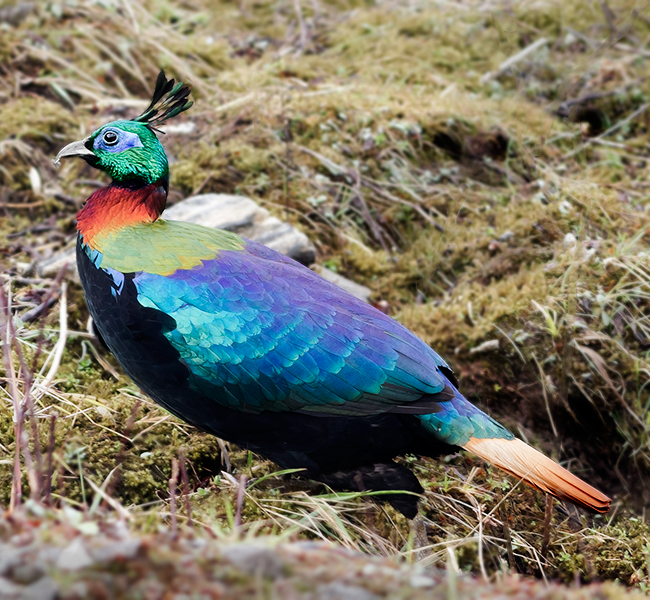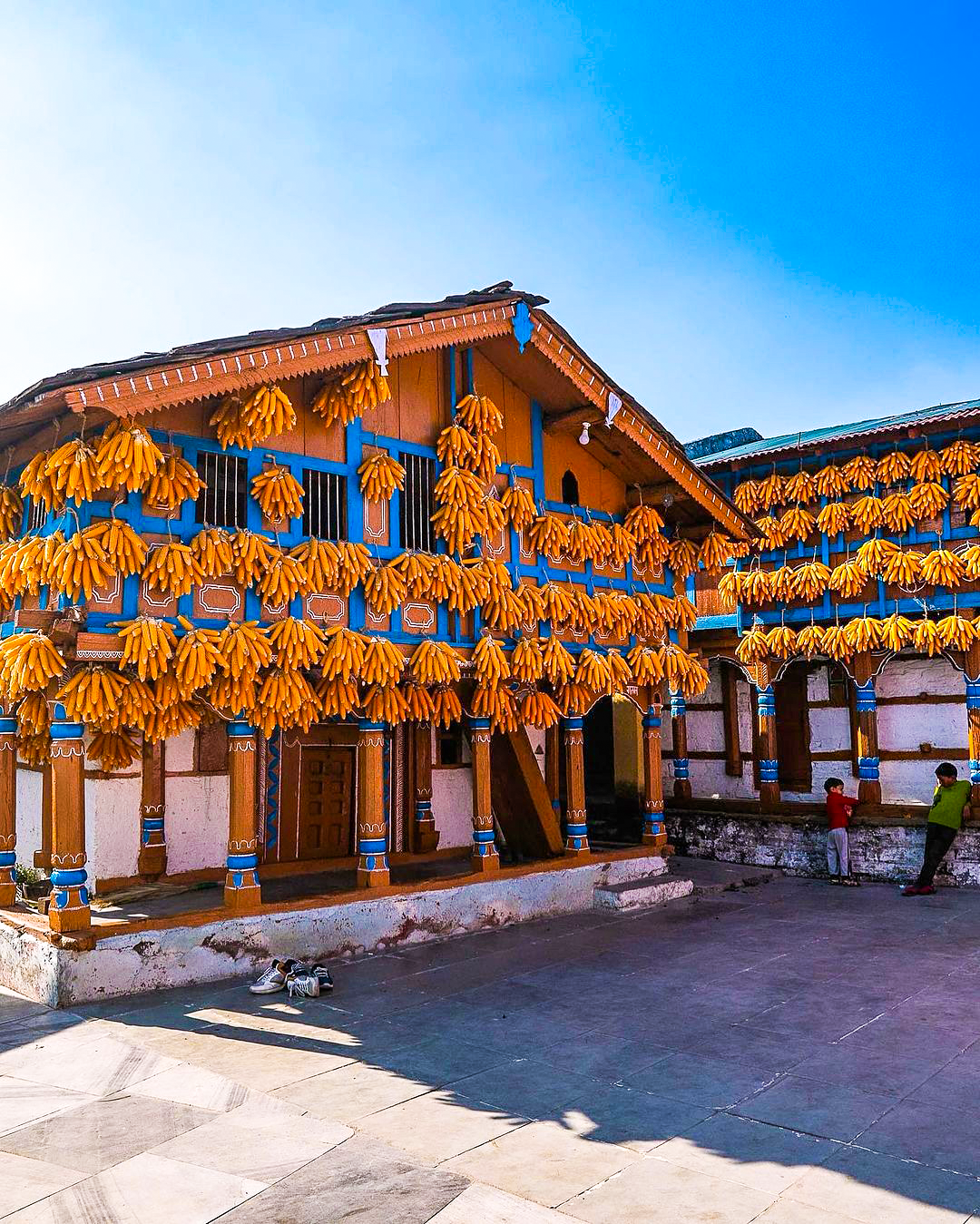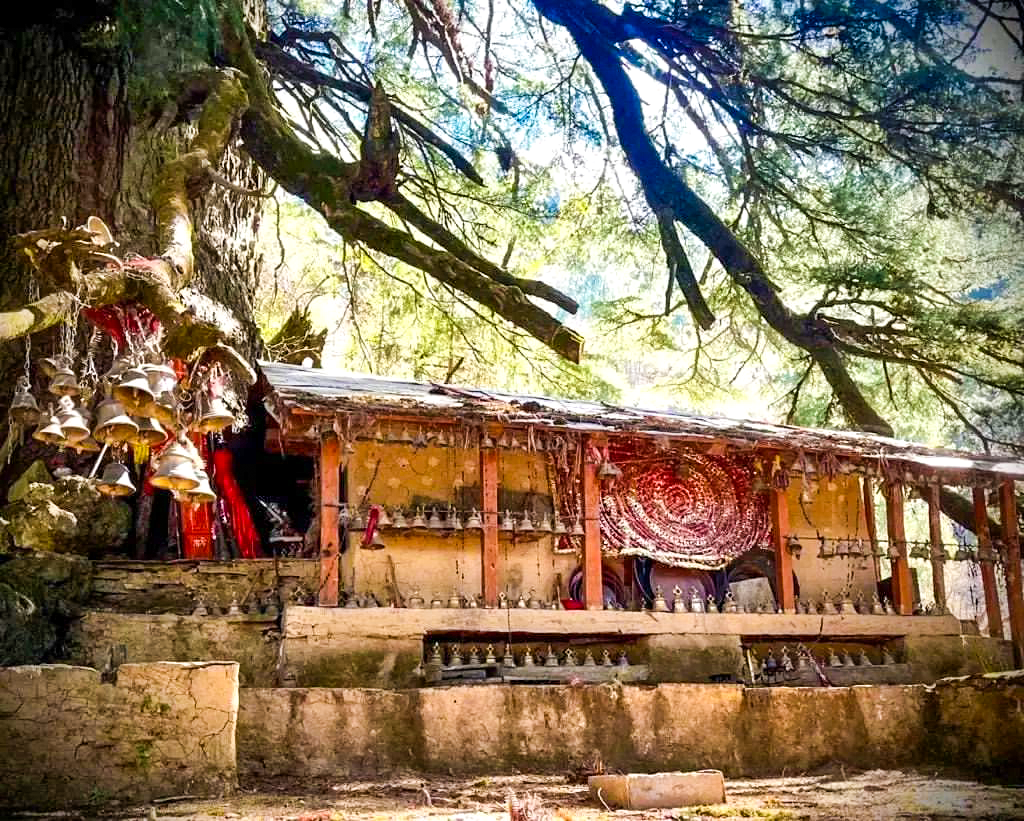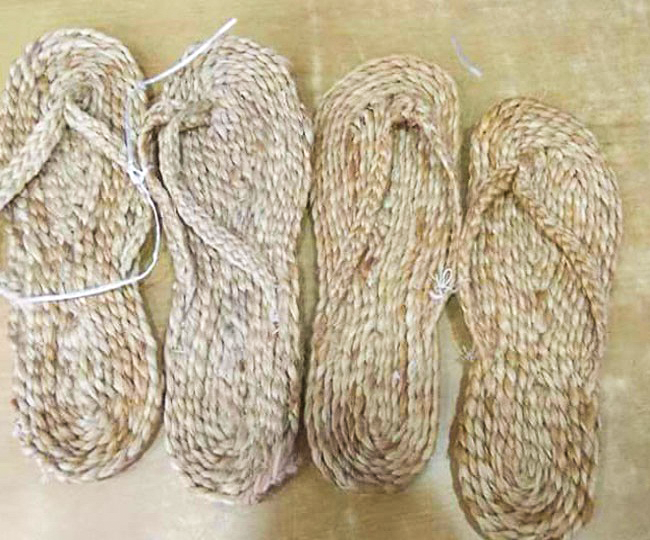At elevations of 2,100–4,500 m (6,900–14,800 ft), the Himalayan monal , also known as the Impeyan monal and Impeyan pheasant, is a bird which is commonly found in Himalayan forests and shrublands. It is classified as Least Concern on the IUCN Red List and belongs to the Phasianidae family. It is the state bird of Uttarakhand, India, where it is known as a Monal, and the national bird of Nepal, where it is known as the danphe or danfe.
It is a bird that is quite huge in size. The bird’s length is roughly 70 cm (28 in). Weight-wise, the female weighs 2,150 g (76 oz) and the male up to 2,380 g (84 oz). The female, like other birds, has lighter colors, but the adult male has multicolored feathers all over. The male has certain notable characteristics: coppery feathers on the back and neck, a long, metallic green crest, and an apparent white rump that can be best observed while the bird is flying. Male tail feathers are completely rufous, darkening toward the tips, whereas females have white lower tail coverts with red and black bars. The female has a prominent white stripe and patch on the throat. Their strong legs and feet are adapted for walking on the steep and rocky terrain of the Himalayas. They are ground-dwelling birds and spend most of their time foraging on the forest floor.
These birds are known for their loud, sharp calls, which can be heard echoing through the mountains. The call of the Himalayan Monal is a way for them to communicate with each other, especially during the breeding season. The breeding season for the Himalayan Monal usually begins in April and lasts through August. During this time, the male displays his colorful feathers to attract a mate. The female lays around 3 to 5 eggs in a simple nest on the ground, usually hidden among rocks or under bushes. Both parents take part in raising the chicks, which hatch after about a month.
The primary foods of the Himalayan Monal include insects, various invertebrates, fragile leaves, nuts, and stems. It digs the snow for insects and shoots. The majority of the diet consisted of vegetative substance, with a little number of invertebrate items. Himalayan Monal is a remarkable bird with vibrant colors and a strong connection to the high-altitude environments of the Himalayas. Its beauty and adaptability make it a symbol of the natural wonders found in the mountain ranges of Asia.







